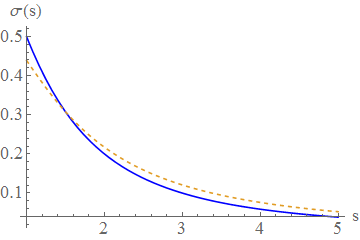How does one distinguish between the second-loop contribution of a known particle, and the first-loop contribution of a more massive-and as yet undiscovered-particle in the S-matrix and/or differential cross section?
Imagine: I calculate a one-loop correction to some scattering process in QED. My photon propagator needs to be corrected for all three lepton generations. I then calculate the differential cross section. The experimentalist then shows me a plot of his precise measurements and tells me that my calculations need further corrections.
Question: How do I know that the necessary correction is from two-loop diagrams, and not from a fourth lepton in the first-loop diagram that I haven't considered?


